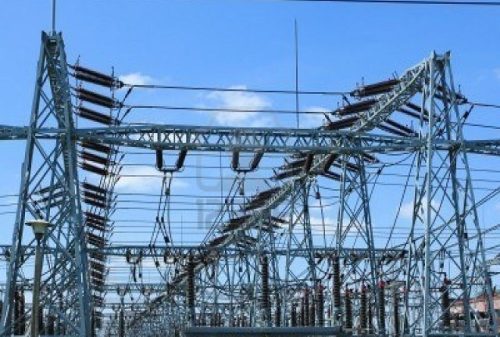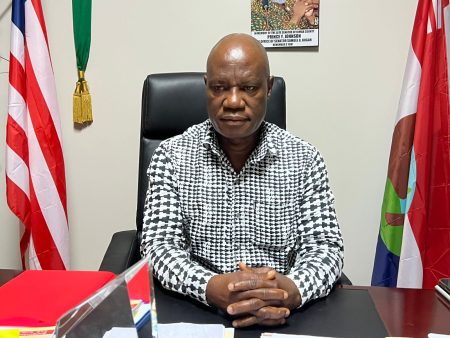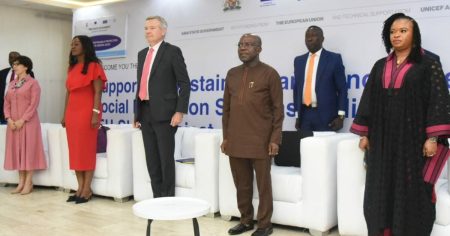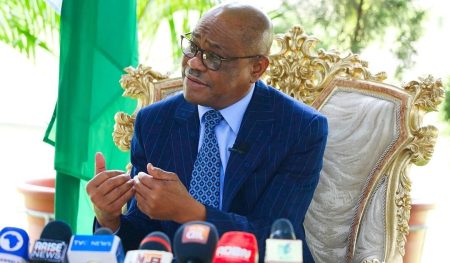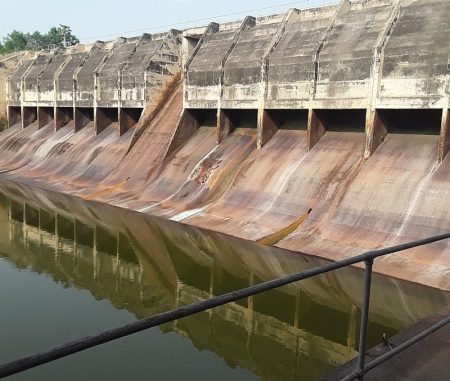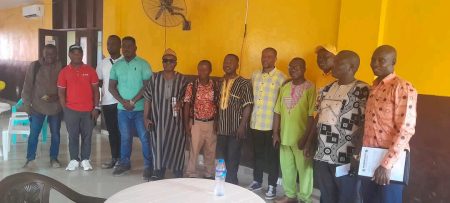Nigeria’s Federal Government has unveiled a comprehensive plan to reform its beleaguered power sector, with a significant component being the introduction of a $600 million annual electricity subsidy for all consumers, commencing in 2025 and running through 2027. This initiative forms a crucial part of the nation’s broader National Energy Compact, aligned with its electrification and clean energy transition goals presented at a recent summit in Tanzania alongside other African nations. The subsidy aims to bridge the financial chasm between the current regulated electricity tariffs and the desired cost-reflective tariffs (CRT), which accurately reflect the true cost of generating and distributing electricity. This interim measure seeks to ensure affordability for consumers while the government lays the groundwork for a transition to a fully cost-reflective tariff structure.
The proposed subsidy mechanism diverges from previous, less effective models. Instead of blanket subsidies that disproportionately benefited wealthier households, the new approach considers two options: a uniform monthly subsidy per consumer or a subsidy applied to the first 50 kilowatt-hours (kWh) consumed each month. This targeted approach aims to mitigate the regressive nature of past subsidies, ensuring a more equitable distribution of benefits. The ultimate goal is to establish a system where tariffs accurately reflect the cost of service, promoting financial viability within the power sector. Once the cost-reflective framework is fully operational by 2027, a social tariff will be introduced to protect low-income and vulnerable consumers, ensuring continued access to affordable electricity.
Central to the government’s reform strategy is the ambitious plan to close the significant metering gap. Currently, an estimated seven million electricity end-users lack meters, contributing to substantial revenue losses and hindering the accurate measurement of electricity consumption. To address this, the government has outlined a phased approach to meter installations, targeting 1.5 million smart meters in 2025, followed by 4 million in 2026, and another 1.5 million in 2027. This aggressive rollout aims to minimize technical and commercial losses, bolster revenue collection efficiency, and create a foundation for a sustainable and transparent pricing model.
The successful implementation of the metering program is expected to significantly reduce the need for future subsidies, as tariffs will be directly linked to actual consumption. By accurately measuring electricity usage, the system will discourage wasteful consumption and promote energy efficiency. Furthermore, accurate metering will empower consumers with greater control over their electricity bills, promoting transparency and accountability within the power sector. The move towards cost-reflective tariffs, coupled with comprehensive metering, is expected to create a more financially robust and sustainable power sector.
The Nigerian electricity sector has long been plagued by financial instability, primarily due to substantial technical and commercial losses, poor tariff recovery rates, and persistent liquidity constraints. Despite ongoing efforts under the Power Sector Recovery Programme, tariff shortfalls continue to escalate, reaching N650 billion in 2023 and projected to exceed N2.2 trillion in 2024. This widening financial gap underscores the urgent need for comprehensive reform. The introduction of the subsidy, while a temporary measure, is designed to provide much-needed financial relief during the transition period, ensuring that distribution companies (DisCos) can meet their financial obligations to power generation companies (GenCos) and the Transmission Company of Nigeria (TCN).
In essence, the government’s strategy rests on a multi-pronged approach. The temporary subsidy provides breathing room for consumers while simultaneously supporting the financial health of the power sector’s distribution companies. Concurrently, the aggressive metering rollout aims to address the root causes of the sector’s financial woes – inaccurate billing, revenue leakage, and inefficient consumption patterns. By tackling these fundamental issues, the government aims to create a self-sustaining power sector capable of meeting the nation’s growing energy demands and contributing to its broader economic development goals. The success of this ambitious reform plan hinges on effective implementation and sustained commitment from all stakeholders.





